Champagne might be a victim of its own success.
There’s so much more to the iconic sparkling than its lofty reputation suggests, but Champers is often seen as a fancy wine that’s all about luxury, price and celebration. And sure, it can be those things (Armand de Brignac is $700, gold plated and co-owned by Jay-Z so…yeah), but it’s more than posh parties or ostentatious nightclub VIP sections.
The truth is, the big guys we bust out when someone graduates or gets married – like Mumm, Moet and Veuve Clicquot – are just the tip of the iceberg. The French region of Champagne (which is where the wine comes from) is a massive 34,200 hectares in size and home to 370 Champagne producers (known as ‘houses’, FYI). It means that, besides those major players, there’s a stack of smaller Champagne houses making approachable, unique, flavoursome and downright delicious Champagne – and we’re not about to start saving them for just the special occasions. Below, we run through five of the best Champagne producers that should be on your radar.
- Nicolas Feuillatte
At less than 50 years old, Nicolas Feuillatte is a young house by Champagne standards (Ruinart, the oldest, was founded in 1729). Nicolas Feuillate, the man, made his fortune in coffee but turned his hand to Champagne in 1976 with a wine that, legend has it, was made for his American friends like the Kennedys. When your test batch gets the tick-off from the leaders of the free world, that’s a solid foundation for success.
In 1986, Feuillate sold to a wine co-op called Centre Vinicole and that’s important because today, the Nicolas Feuillatte Champagne style is refined from the grapes of more than 5,000 growers around the region. It means that chief winemaker Guillaume Roffiaen can be extremely meticulous in creating Champagne in the house’s light and pretty style.
If you’re looking for a way into the lesser-known Champagne houses, Nicolas Feuillatte is a great place to start. The house’s Grande Reserve Brut Champagne is the top-selling Champagne in France and number three globally, so it’s not obscure by any means, but it’s definitely not on everyone’s radar here. It’s a delicate, fruity and crisp Champagne that is equally at home toasting a milestone as it is on the couch alongside salty snacks and a movie.
- Joseph Perrier
Champagne shouldn’t be reserved just for special occasions like that bone china tea set your grandma was saving for the Queen (she’s not coming, Nan, give it up), but that doesn’t mean it can’t also be special. The wines of Joseph Perrier fit this bill nicely, with the nearly 200-year-old Champagne house steeped in six generations of Champagne history, producing its wine from a relatively boutique site of just 23 hectares. Oh, and they age their Champagne in a labyrinthine Gallo-Roman cellar underneath the estate that dates to the fourth century, and that’s especially special.
Like most houses, Joseph Perrier offers a mix of non-vintage and vintage styles across a wide spectrum of sweetness and richness (the Brut Nature is bracingly dry, if you’re a fan of the genre) but, for us, it’s all about the pink. The Cuvée Royale Champagne Rosé is everything that’s great about Perrier with big flavours of violets, red berries and licorice rounded out by a racy acidity. You could try it with a bowl of strawberries and cream, but the crisp acidity makes it a great pre-dinner aperitif, too.
- Philipponnat
Champagne house Philipponnat was officially founded in the town of Mareuil-sur-Aÿ in 1910, but the family behind it traces its Champagne heritage back to the 1500s. That’s a whopping five centuries of history and, in some ways, things haven’t changed that much, with the vineyard still tended by hand and horse. Oh, and Philipponnat’s blending technique (called ‘solera’) means that every successive wine retains a fraction of the year that came before – meaning some small part of each bottle is, frankly, pretty bloody old.
Heritage aside, it’s the house style that keeps us coming back. Philipponnat’s signature winemaking style uses oak aged reserve wines meaning that each bottle of Champagne is rich and robust, though there’s enough freshness and delicacy to keep everything in balance. Our pick is the bold Champagne Blanc de Noirs Extra-Brut Vintage, which is made from 100% pinot noir and positively packed with flavours of stewed fruits and spices.
- Duperrey
Duperrey – produced by Champagne’s long-established house of G.H. Martel – is named for French explorer Louis Isidore Duperrey, but the real adventure is right under its feet. Like Joseph Perrier, the G.H. Martel cellars that house Champagne Duperrey are stunning accomplishments, with these descending to 22 metres underground. The ancient, hand-dug tunnels are UNESCO-listed, so that should give you an idea of Duperrey’s pedigree, even before you taste the wine.
On the flavour side, winemaker Christophe Rapeneau produces Champagne of serious balance, with cuvees that are both creamy and crisp. The non-vintage Brut Premier Cru is a great place to start for an easy-going introduction to the house, but we can’t go past recommending the Brut Vintage. Here you’ll get a whack of creamy citrus and juicy stone fruit flavours with some rich honey-on-toast notes to back it all up. A great match with barbecued prawns but, if you’re keeping things casual, try it with fried chicken tenders – trust us.
- Charles Orban
The Orbans have been tending vineyards in the Champagne village of Troissy since 1770, but Charles was the one who took things to the big time, starting up his own eponymous label in the 1950s. Since then, Charles Orban has remained a steadfastly boutique production (despite producing some 200,000 bottles each year), with the winery growing its own grapes for the wine it produces – a relative rarity in the big business world of Champagne.
Troissy is known as a hotspot for producing pinot meunier (which is one of the three grapes allowed to be used in Champagne, along with pinot noir and chardonnay) and Charles Orban wines typically lean on this grape variety for its house style.
The Brut Blanc De Noirs is 60% pinot meunier and 40% pinot noir, lending plenty of dark fruit flavours like plum and blackberry with a little spice on the finish. It’s a big, full-style Champagne that is certainly worthy of a good, hard, aged cheese.
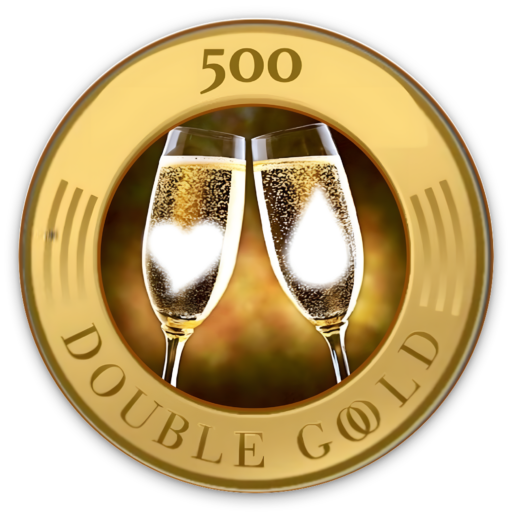
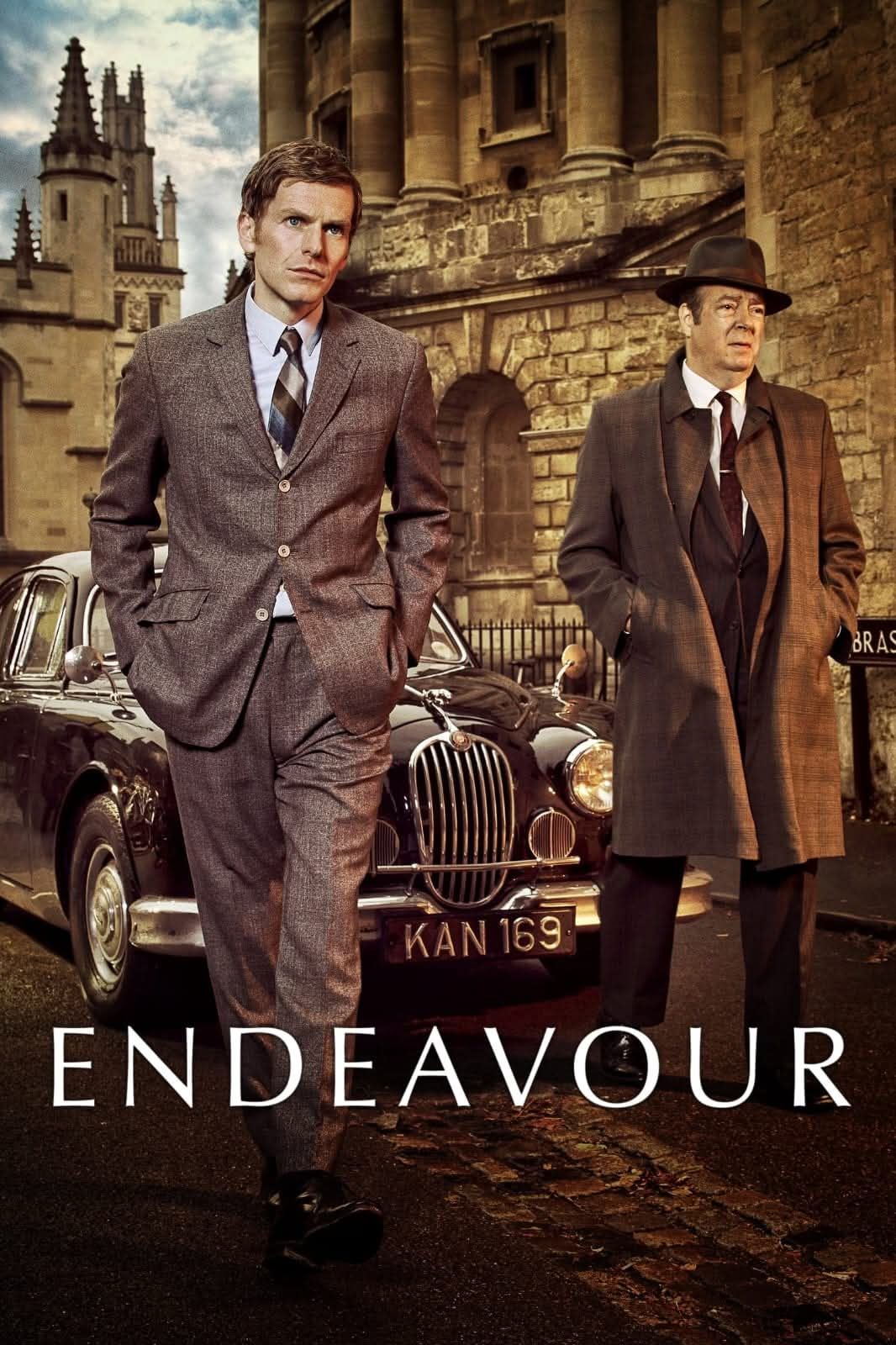

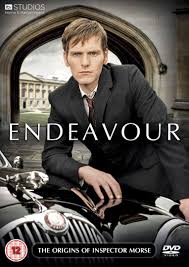
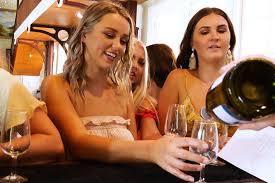

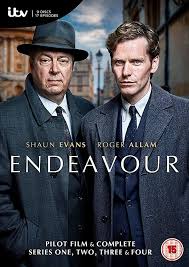
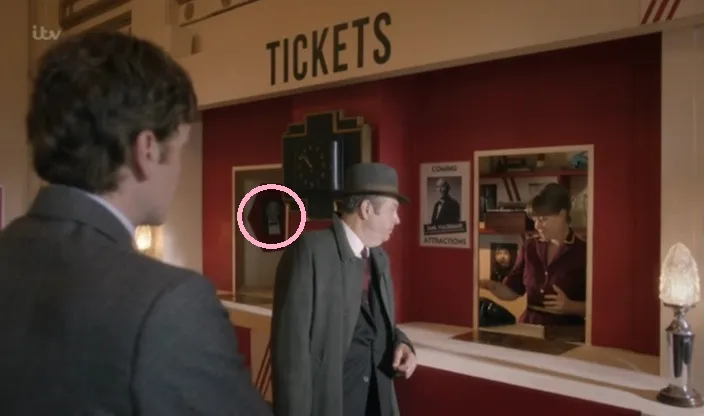

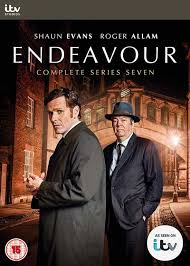
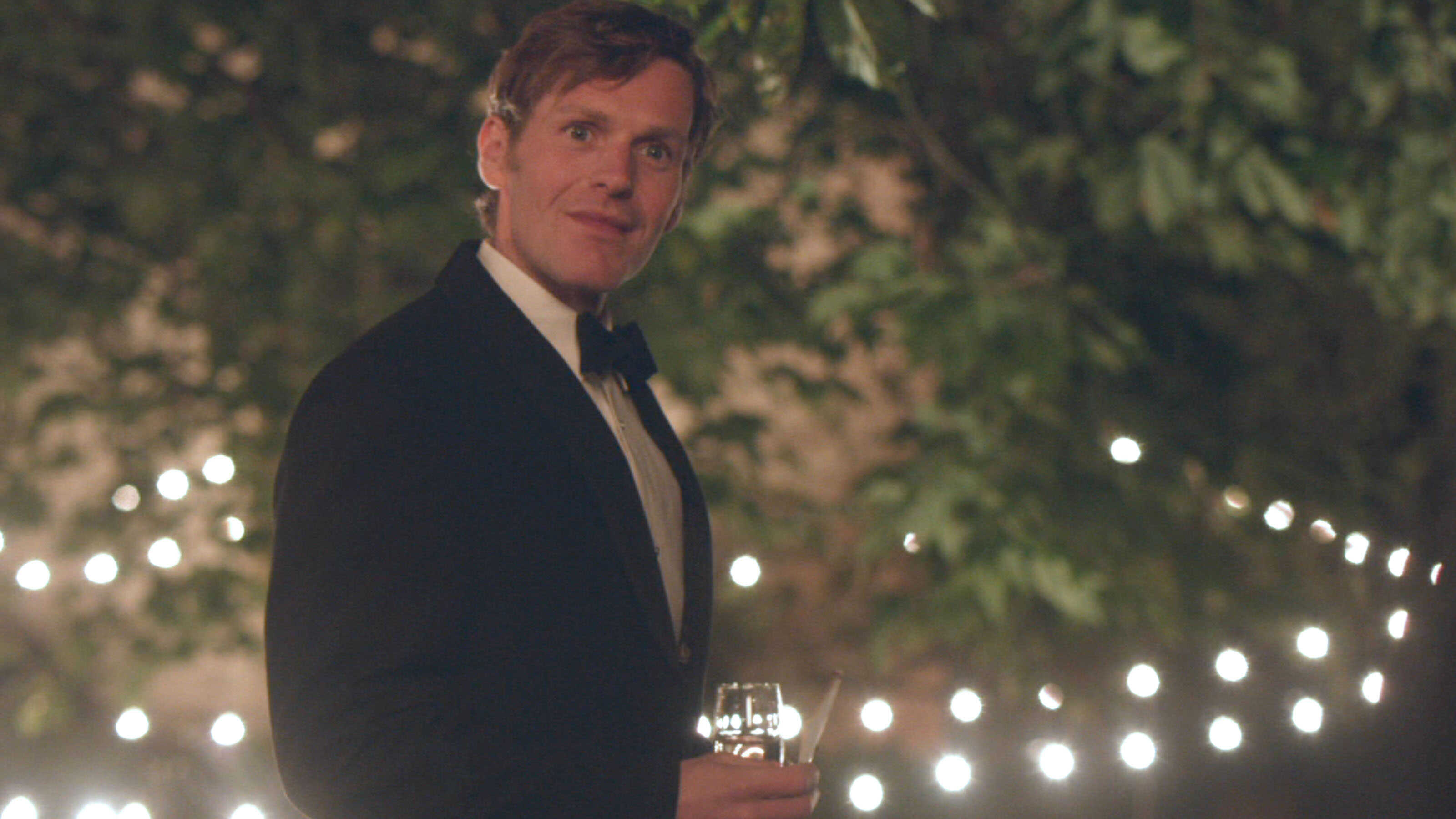
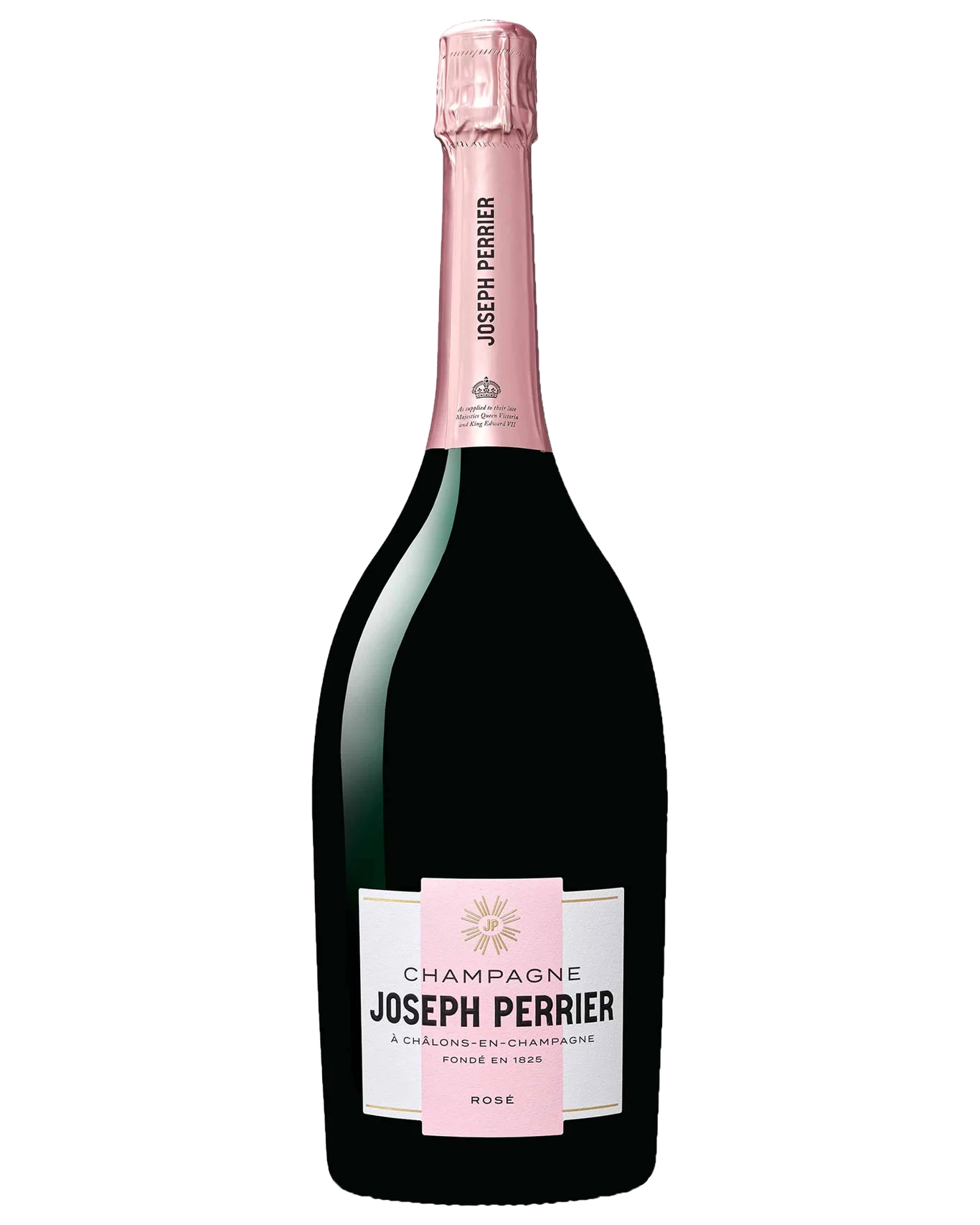

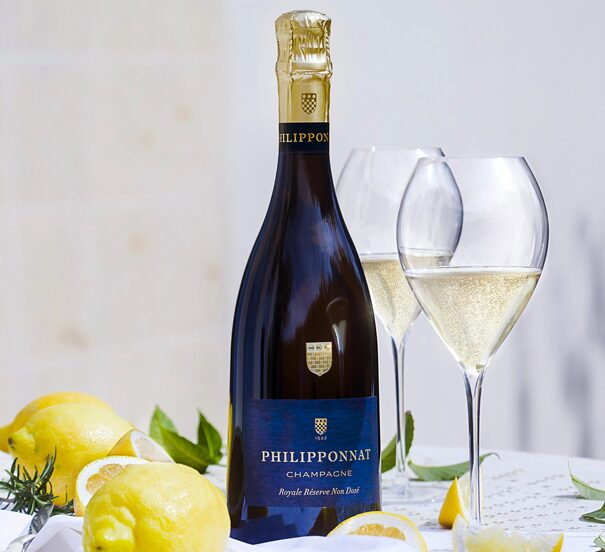
Reviews
There are no reviews yet.